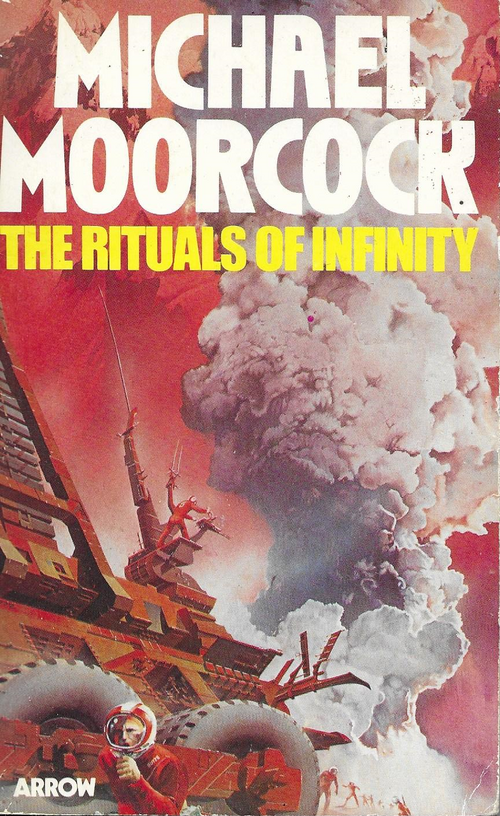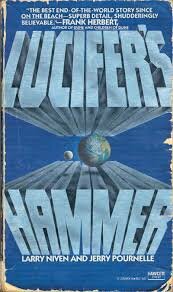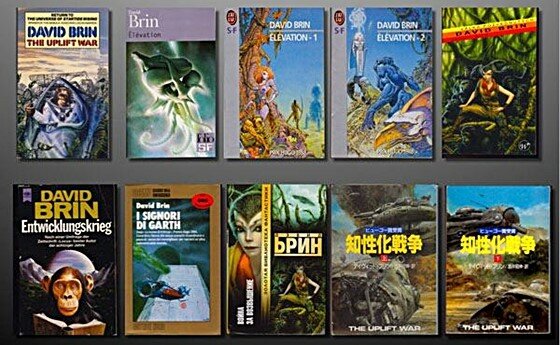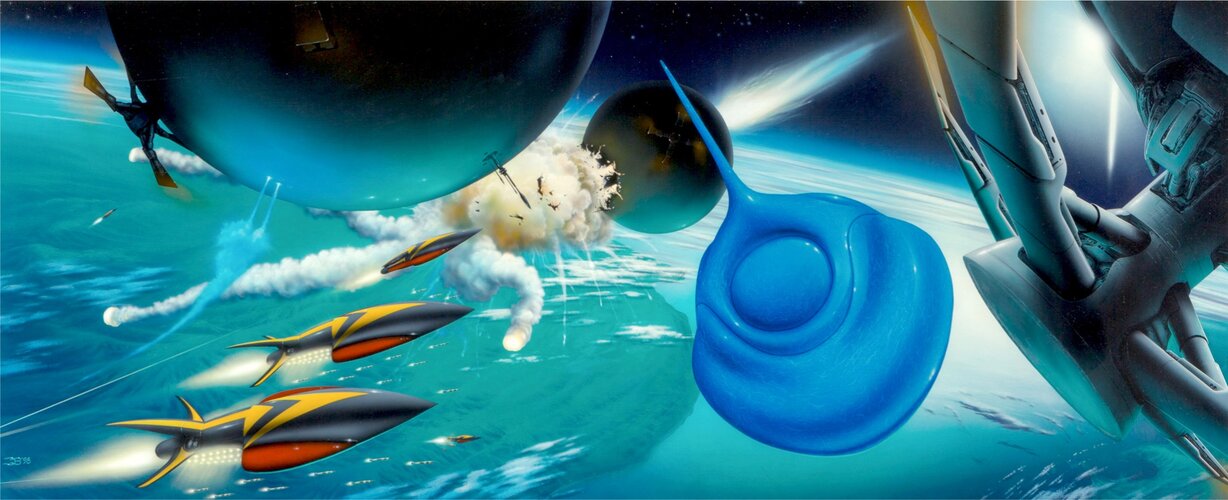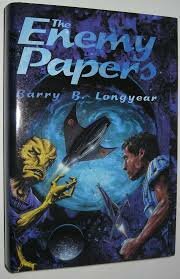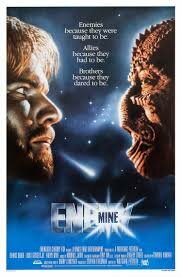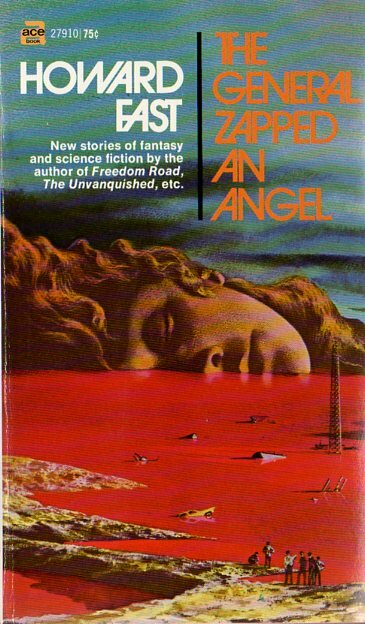Cultural Differences to our Gazes
However, any discussion of human behavior must consider the differences that exist across cultures. In many Eastern and some Caribbean cultures, meeting another’s eyes can be perceived as rude or aggressive. In a 2013 study published in PLOS ONE, Asians were more likely than Westerners to regard a person who makes eye contact as angry or unapproachable. The study also suggested that gaze direction (direct vs. averted) could influence perceptions about another person’s disposition. These results suggest that cultural differences in eye contact behavior emerge from differential display rules and cultural norms.
Similarly, in a study published in the Journal of Cross-cultural Psychology, the “eye gaze displays of Canadian, Trinidadian, and Japanese participants” were recorded as they answered questions for which they either knew or had to think about the answers. When they knew the answers, Trinidadians maintained the most eye contact while Japanese maintained the least. When contemplating the answers to questions, Canadians and Trinidadians looked up, and Japanese looked down. The study, further suggests that the amount of eye contact in a conversation is at least in part culturally determined.
So, de Salluste was right— the eyes are windows of the soul. However, culture and norms surrounding eye contact influence how eyes are opened or raised and how they communicate to others.
This article was first published by the World Bank’s People, Spaces, Deliberation blog. Publication does not imply endorsement of views by the World Economic Forum.










